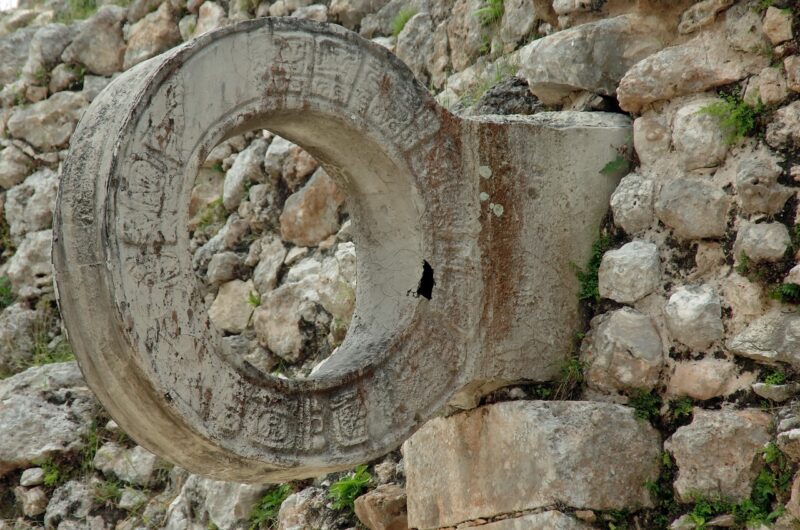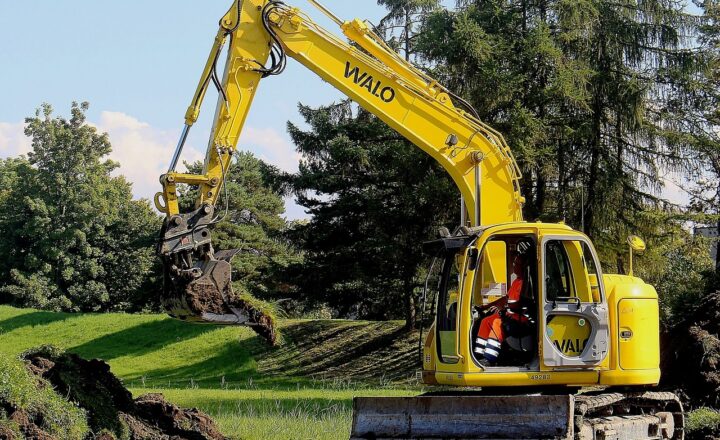The Lost Civilization of the Maya: What We Know and What Remains a Mystery
November 14, 2024

The ancient Maya civilization, flourishing in Central America from approximately 2000 BC until the arrival of Spanish conquerors in the 16th century, continues to captivate the imagination of historians, archaeologists, and enthusiasts alike. Known for their sophisticated culture, impressive architecture, and profound knowledge of mathematics and astronomy, the Maya left behind a rich legacy that still evokes wonder and intrigue. Despite extensive research, much about them remains shrouded in mystery. This article delves into what we know about the Maya civilization and explores the unanswered questions that continue to fascinate researchers today.
1. The Rise of the Maya Civilization
The Maya civilization developed in the regions that are now Mexico, Guatemala, Belize, and parts of Honduras and El Salvador. Their society began to emerge around 2000 BC with the establishment of agricultural practices.
Over the following centuries, particularly during the Classic Period (250 AD to 900 AD), the Maya built sprawling cities adorned with intricate pyramids, temples, and palaces. Major cities included Tikal, Palenque, and Calakmul, which served as political and cultural centers.
The advancement of trade, social stratification, and religious practices led these cities to rise in prominence, creating a vast network of interconnected towns and ceremonial centers across Mesoamerica.
2. Achievements of the Maya Civilization
The Maya civilization is renowned for its remarkable achievements, which include:
- Writing System: The Maya developed a complex hieroglyphic writing system that recorded historical events, political changes, and religious texts, allowing us to glean insights into their society.
- Mathematics and Astronomy: They possessed advanced mathematical knowledge, including the concept of zero, and created intricate calendars that accurately tracked solar and lunar cycles.
- Architecture: Their architectural feat includes the construction of magnificent pyramids and ceremonial centers, many of which still stand today, showcasing their engineering prowess.
These intellectual pursuits set the Maya apart as a civilization that blended artistry with scientific inquiry.
3. The Decline and Fall of the Maya Civilization
The mysterious decline of the Maya civilization in the 9th century AD has been a topic of intense study. Numerous theories have emerged to explain the collapse, including:
- Environmental Factors: Deforestation and climatic shifts, including prolonged droughts, may have led to food shortages and resource scarcity.
- Warfare and Social Disruption: Increased warfare among city-states could have destabilized political structures, leading to the abandonment of cities.
- Economic Decline: The shift in trade routes due to changing environmental conditions might have precipitated economic collapse.
Despite the collapse of major city-states, the Maya civilization did not cease to exist entirely. Many communities persisted, adapting to new circumstances and overcoming challenges, leading to a resurgence in the Postclassic Period (900 AD to 1500 AD) with cities like Chichen Itza and Uxmal.
4. What We Know and What Remains a Mystery
While researchers have uncovered significant information about the Maya, many aspects remain enigmatic:
- Social Stratification: Although some social hierarchies have been identified, the specific roles of various classes, including scribes, priests, and nobles, are not fully understood. The dynamics of power between city-states also warrant further investigation.
- Religious Practices: While many deities have been documented, the precise nature of Maya religion, including the rituals performed and their significance, is still unclear. How did these beliefs shape their daily lives and societal norms?
- Mysterious Abandonment: Many cities were suddenly abandoned. Understanding the full scope of factors driving this phenomenon remains an unanswered question.
- Cultural Continuity: The persistence of Mayan culture among contemporary descendants raises questions about how traditions transformed through colonization and modern influences.
5. Legacy of the Maya Civilization
The legacy of the Maya continues to thrive in modern times. Their descendants maintain rich cultural practices, language, and traditions that reflect a deep connection to their ancient ancestors. Moreover, the archaeological remains of the Maya are a vital source of cultural heritage, attracting researchers and tourists interested in exploring this extraordinary civilization.
As ongoing efforts to decode ancient inscriptions and conduct excavations progress, we are continually expanding our understanding of the Maya. This knowledge not only enriches our appreciation of their achievements but also fosters an appreciation for their continuing influence on contemporary culture.
Conclusion
The Maya civilization, with its remarkable advances and mysterious decline, remains a testament to human ingenuity and resilience. As archeological methods evolve and new technologies emerge, the quest to unlock the secrets of this ancient civilization continues. Although we have made great strides in understanding the Maya, many questions linger, ensuring that this fascinating culture will be a subject of study and admiration for generations to come.






